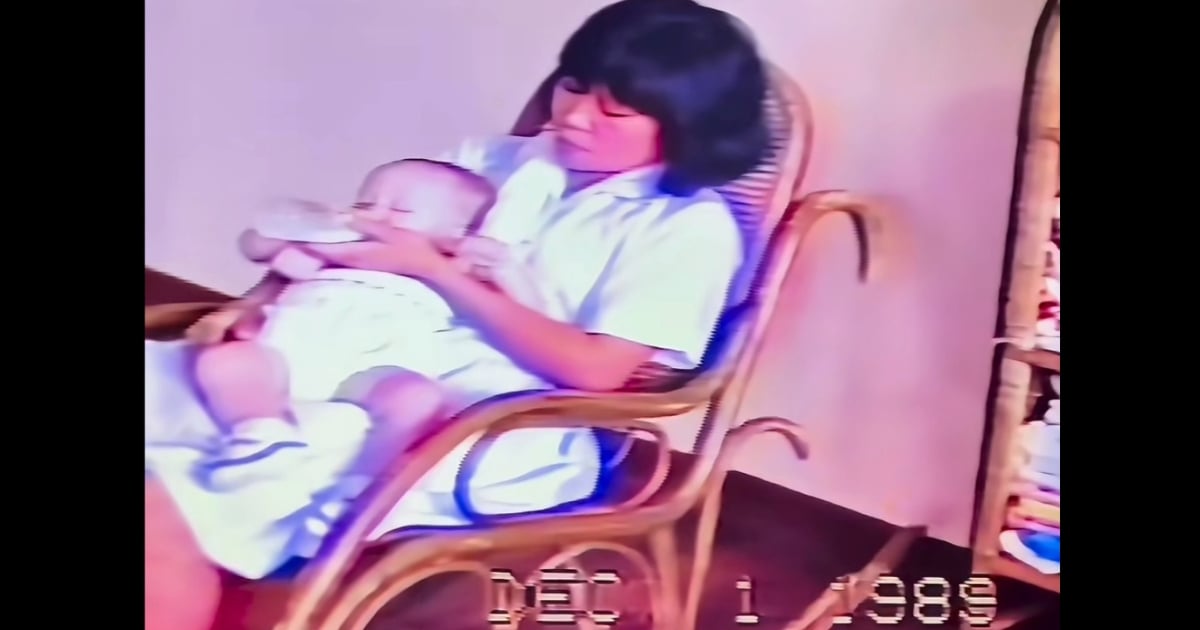While lying on her deathbed in 2004, Jenny Verastro whispered five words to her nephew Carl Sabatino that would change his life forever: “look under the sewing machine.”
What Sabatino found in that sewing machine would lead to years of investigation within the art world and change what we know about one of history’s most famous artists.


While serving in WWII, Verastro’s husband Nicky purchased a print from a street vendor, one that hung in their home throughout Sabatino’s childhood. He remembered it as “the woman in the fuzzy hat.” But there was no reason for him to think that the piece his uncle bought for roughly 10 euros over 70 years ago might now be worth closer to $30 million.


It turns out that print is likely an alternate version of Pablo Picasso’s 1901 masterpiece “Woman in a Cape,” one the artist created years after the original in order to test out a new technique.
Sabatino was stunned to watch the artwork slip out from beneath the sewing machine a few weeks after the death of his aunt, but didn’t think much of it at first, since he had seen it hanging in his aunt and uncle’s house as a child. It wasn’t until he looked more closely at the painting’s signature that he knew why his aunt had carefully wrapped it in old newspaper and hidden it away in the years before she died.


The original version of Picasso’s “Woman in a Cape” actually hangs in the Cleveland Museum of Art, and early on, experts dismissed the version Sabatino owns as simply a piece of street art.
The initial verdict he received from a New York auction house was that it couldn’t possibly be real. But undeterred, Sabatino sought a second opinion from authenticator Richard Beaulieu who took paint samples and matched the pigment to those used in Europe in the 1930s.
“The time period it came out of and all of the paperwork that came with it, the provenance on it, the signature on it, the forensics report — I really am convinced it is the real deal,” Beaulieu said.
Sabatino, who had years of research experience as a news broadcaster and producer, began investigating Picasso’s career and discovered that the artist experimented with a new printing technique called gum bichromate in 1936, a technique evident in his version of the piece. If authentic, Sabatino’s print would be the only surviving gum bichromate print from Picasso.


And how did a rare Picasso end up in the hands of a street vendor? We’ll never know for sure, but it’s assumed that as flames from the fires caused by the 1944 bombings of London were doused, the basements of many museums and collectors were flooded, and some pieces disappeared as they were being rescued from damage.
And there’s one final piece of the puzzle – a partial fingerprint left in the paint, made when the artist picked it up and moved it before the top layer was dry.
Luckily, we do have Picasso’s fingerprints for comparison. In 1911, the artist was interrogated by French police at the Palais de Justice after the theft of Leonardo da Vinci’s Mona Lisa from the Louvre. While they didn’t accuse Picasso himself of stealing the painting, they questioned him because he was friends with the prime suspect, Géry Piéret, and took his thumbprint as part of the official investigation. (The actual culprit was Vincenzo Peruggia, who worked at the Louvre and thought the painting should be hanging in an Italian museum instead.)


In 2017, Sabatino self-published a book about his adventure in the art world titled Picasso Undiscovered In Blue: Journey Of A Lifetime in which he reveals that the fingerprint has been identified as very likely belonging to Picasso (a best guess since it’s a partial print), thereby largely authenticating the piece.


Nearly 15 years later, after reading hundreds of texts about the artist and investigating his life and work, Sabatino concludes that
“…this undiscovered work, this extraordinary new art form, years ahead of its time, was created either for experimental, or practical purposes of display, and for the promotion of the artist’s work from his Blue Period.”
How’s that for an inheritance?
Please SHARE this with your friends and family.















